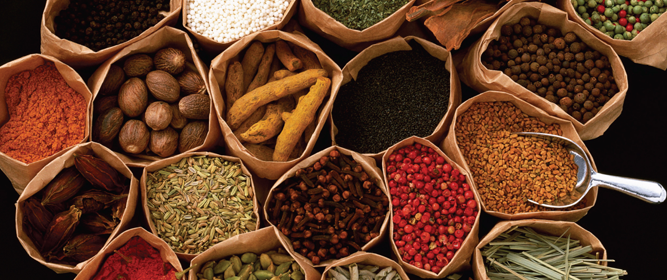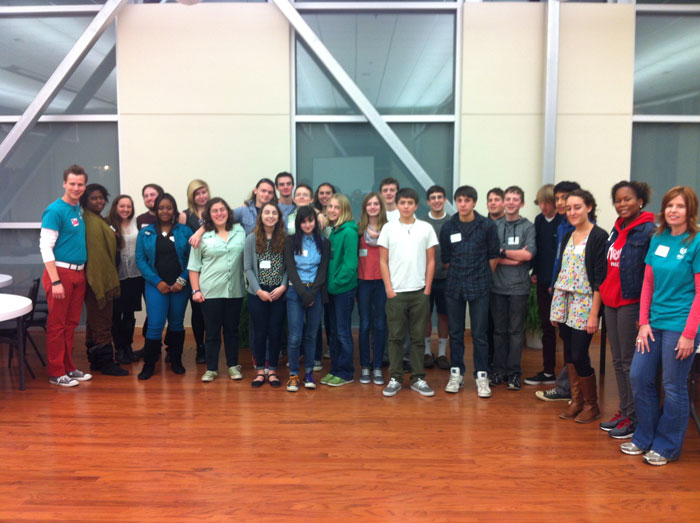Registration runs from December 4 - December 20, 2013!
Click here to register now
Choose among many different holidays to learn about!
Chanukah in the Jewish Faith
Ramadan in the Muslim Faith
Kwanzaa in America
Christmas/New Year in Russia
Las Posadas in Mexico
Moravian Lovefeast
Christmas in England
Christmas in Greece
Inti Raymi in Peru/Winter Solstice
Saint Lucia Day in Sweden
Diwali in India
The German Advent Season
Chinese New Year
![]() Download our Festivals of Light Teacher Packet
Download our Festivals of Light Teacher Packet
General Information
- The cost is $2.25/per child. The fee covers the cost of food, gas, staff, etc…
- Approximately 30 – 45 minute (increasing with age) sessions held with individual classes.
- Up to 3 holidays addressed in each session.
* Teachers are asked to come to a consensus about holiday choices. - Schools may schedule between 2 – 6 sessions per day.
- A minimum of 60 students total, per school, must participate in order to book presentations. Involve your peers, and reach out to teachers from other grade levels.
Call or e-mail Amanda Silverman ([email protected]) to schedule, or with any questions: 828.216.6152.
The Festival of Lights Experience
When teaching about Chanukah with 6th graders I presented the Torah, the Jewish holy book. Opening the Torah (from right to left) and asking what students notice, nearly always gets the same response. “It’s backwards!” I use this opportunity to explain that just because something is different from how you do it, does not mean it is wrong or backwards. Just different. I then like to explain that some of the oldest written languages like Sanskrit, Mandarin, Arabic and Hebrew are written right to left.
Las Posadas is a holiday with nine nights of neighborhood celebrations. Typically, every night’s party has an exciting game that some students are familiar with from birthday parties they might have been to. With a group of 4th graders, I asked everyone to stand up, close their eyes, spin around three times, and then open them..(I held up the surprise over my head)… “It’s a Pinata!” they scream in unison. I asked students what they thought pinatas were originally made of. I get all types of answers for this, “wood, straw, paper, animal skin, rubber” The answer I wait for usually comes after a couple hints. “mud, clay!” Yes! “Why might this style have been replaced?” I asked. More hands went up and eventually I heard, “because its dangerous”. Right. Today pinatas at Las Posadas parties are usually star shaped and made of cardboard and paper-mache.
I was presenting Diwali, the Hindu Festival of Lights and needed a student volunteer to by my Sari model. I chose my volunteer and had stretch out the long yellow fabric that was adorned with beads and embroidery. The class ooo’d and aww’d and we stretched the fabric its nearly 20 feet. I explained that Sari’s are more or less one size fits all but that women would typically have several Sari’s for different uses. I dressed up my volunteer and held the little top that goes with the dress over her chest. The students were entertained to see a two part outfit where one part was so tiny and the other so huge. They also remarked it must be difficult to put it on everyday, after seeing the specific way it is worn. “was it hard the first time you had to get dressed by yourself?” I questioned. Many replied it was. “Well it has gotten much easier now that you do it everyday right?” Again many replied that it was. “Well if you lived in India and wore a Sari everyday it would get pretty easy to put on after a little practice.”
Then I asked the class “What parts of our volunteer are still showing?” The answered, “her tummy, arms, face”. True! “Many of you notice that in the United States that showing you belly is not appropriate in school or work. In India showing your stomach is perfectly normal, whereas showing legs and shoulders is considered inappropriate. Their is a cultural reason for this style of dress. India is a place with more than one billion people, many of them living with very little. Many Indian women who have a little more meat on their bones, show their stomach to prove they can afford to eat well, thus advertising their social status.” I looked out at the small group of students now hushed with pensive gazes. I knew I had got them thinking.
Learn more about the Festivals of Lights holidays by visiting these web sites:
Chanukah
Ramadan
Kwanzaa
Christmas/New Year in Russia
Las Posadas
Moravian Lovefeast
Christmas in Greece
Inti Raymi
St. Lucia Day
Diwali
The German Advent
Chinese New Year

